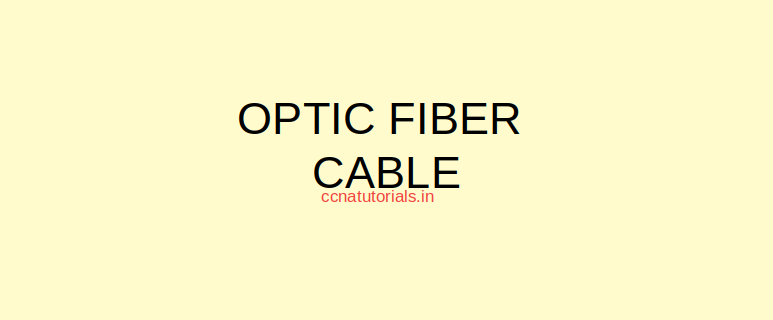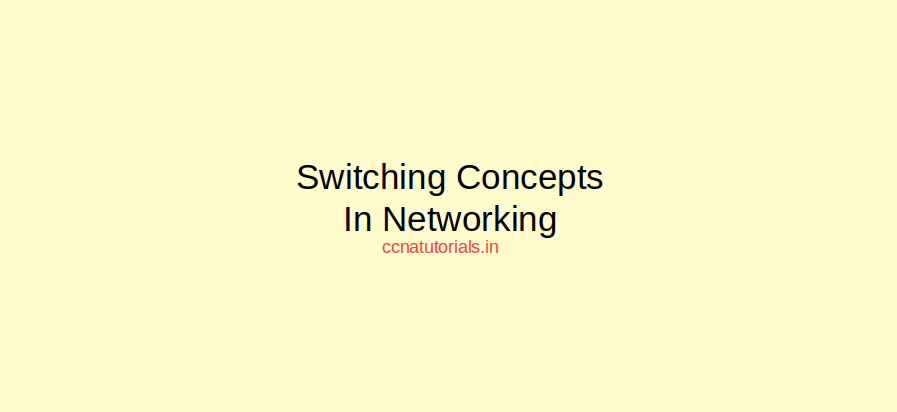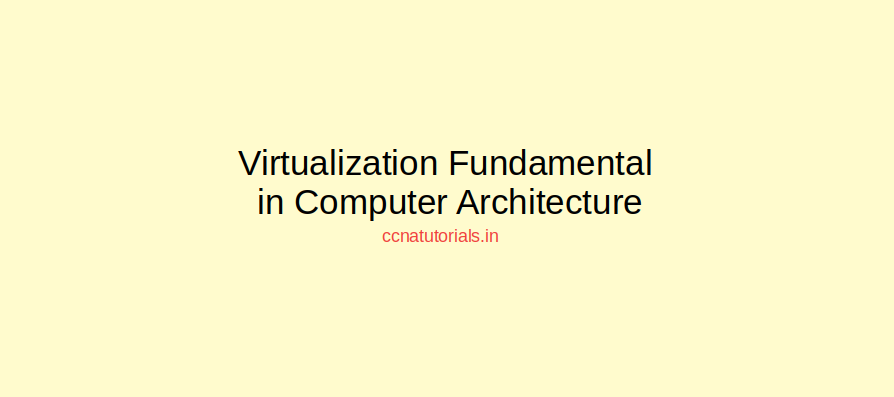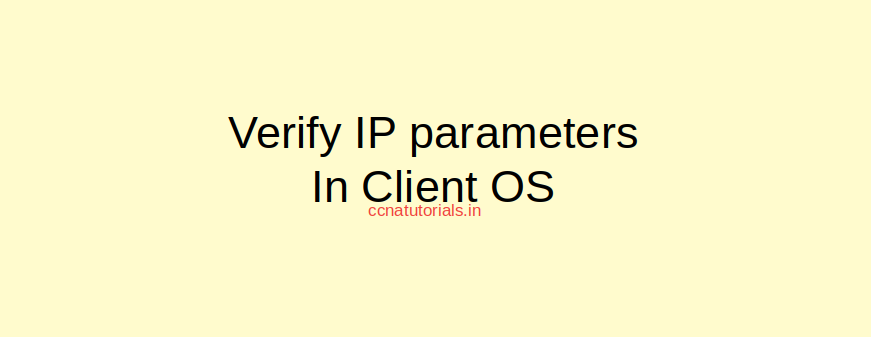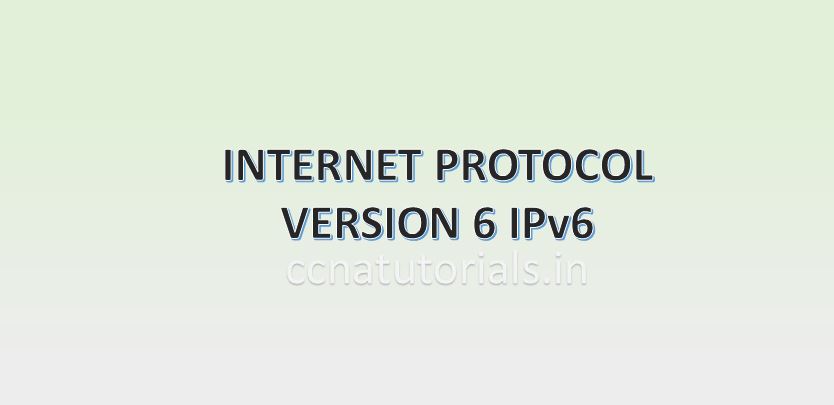Contents of this article
In this article I describe the basics terms related to Optic Fiber Cable interface for CCNA 200-301 exam. Optic fiber cable is a transmission media which carry information from source to destination in the form of light. Optic fiber cable interface provides high performance data transfer with high speed.
Optic Fiber Cable mostly used in telecommunication service like internet, cable tv etc. In most case the Optic Fiber Cable replaced the copper cable connectivity. Maximum companies shits to OFC from other transmission media. The best example of OFC is google fiber services which provides Gbps speed of internet to user.
Optic Fiber Interface
The data transfer from a source to destination in the form of laser light beam. The light is not continues but in the pulse according to the digital signal. We can say the light pulse are the binary bits which are on and off condition.
Since there is no any electromagnetic wave transmission in the optic fiber cable so the interference is 0. In metal wire the signal transmitted in the form of electromagnetic wave so there are always interference occurs. This is the big reason to adopt OFC in place of copper wire communication system.
Optic Fiber Cable invented in the decade of 1970’s. The Optic Fiber Cable made of hard outer layer of plastic known as jacket, a transparent core surrounded by cladding with a lower index of refraction.
Refraction of light in optic fiber cable
A light ray can travel in many mediums like water, air, vacuum etc. The speed of light varies in various mediums also. Light have a phenomena that when it enters from one medium to another medium it changes its direction, this phenomena known as refraction of light.

You can see this phenomena when a pencil dip in water it appears like break, this is because of refraction of light. The change of direction depends on the refractive index of the medium.
Refractive Index of various mediums
Refractive index of any medium is the ratio of speed of light in vacuum to the speed of light in the medium. We can write the formula for refractive index of water

speed of light in vacuum is fix 299792.45 km/sec approx.
Snell’s law of refraction
A physicist Willebrord Snell derived relationship between refractive index and direction of light between different mediums. See the image below here the refractive index of two different mediums are n1 and n2 respectively. The angle between the normal and light direction are θ1 and θ2 respectively then according to snell’s law
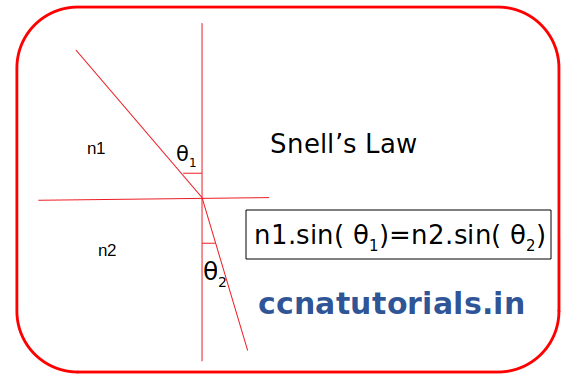
n1.sin( θ1)=n2.sin( θ2)
according to this formula we can say if the incident angle is perpendicular to the surface in 900 then the ray do not change its direction. If θ1 = 900 than θ2 = 900
Principle of Optic Fiber Cable working
The principle of Optic Fiber Cable is Total Internal Reflection. According to snell’s law we see that when light enter into the higher refractive index medium the direction of light bend towards the normal. In reverse process we can say light bent away from the normal when enter in lower refractive index medium from a higher refractive index medium.
In second case when light bent away from the normal, if we increase the incident angle continuously a condition come when the direction of light is parallel the surface. This angle is known as critical angle see the image below.

Now come to the point when the incident angle of ray is greater than the critical angle the light ray will reflect back to the same medium this phenomena is known as Total Internal Reflection. The light traveled in the Optical Fiber Cable by following this principle.
The inner part of fiber known as core which carry the light. The core is surrounding by the cladding. The refractive index of cladding is always less than the core of Optic Fiber Cable. Hence the light ray incident more than the critical angle will reflect back to the core.
Single Mode Optic fiber Cable
Single mode optic fiber cable contains two fibers in a single OFC cable. One fiber is for transmission and other is for reception the signal. Single mode fiber cable used when multiple channels transmitted on a single carrier after multiplexing. Multiplexing is generally wave division multiplexing. Single mode optic fiber provides the transmission rate 50 times than the multi-mode optic fiber. The small core and single light wave transmitted distortion free from one end to another end. The difference between the refractive index of core and cladding is very small. Only single type light ray can travel through it.
Multi Mode Optic Fiber Cable
Multi mode optic fiber cable contains multiple core in the cable. Multi mode optic fiber cables are used for short distance multiple communication. Generally multi-mode optic fiber cable carry multiple light signal so the chances of distortion more than the single mode optic fiber cable. The refractive index of core and cladding is very different.
Step Index Optical Fiber cable
The refractive index of the core and cladding remains constant in the step index optical fiber cable. The light ray propagate through it in the form of meridional ray.
Graded Index Optical fiber cable
The refractive index of core is not uniform. It decreases from the center towards the boundary of core and cladding. The cladding has a uniform refractive index. The rays propagate in the form of skew rays.
Advantages of Optic Fiber Cable over the copper wire cable
The data transmission speed of OFC is very fast then copper wires. OFC can carry much more band width than the copper wire. The loss of data in OFC is very low than the copper wire. The attenuation of Optic Fiber Cable is very low. There is no any electromagnetic interference effect on the OFC. It is very difficult to tap the OFC for data theft. The life of optic fiber cable is approx 40 years which is much more than the copper wires. Along with these advantages there are some disadvantages of Optic Fiber Cable.
Disadvantages of Optic Fiber cable.
The installation and maintenance of OFC is difficult then the copper wire. Very high configuration machines required to handle the OFC. The cost of installation of Optic Fiber Cable communication is much more than the copper wire. The propagation of light is one side so we need separate OFC for transmit and receive the data.
In this article I describe some basic concepts of Optic Fiber Cable Interface. I hope you found this article helpful. You may drop a comment below or contact us on this topic. Your suggestions are always welcome.
